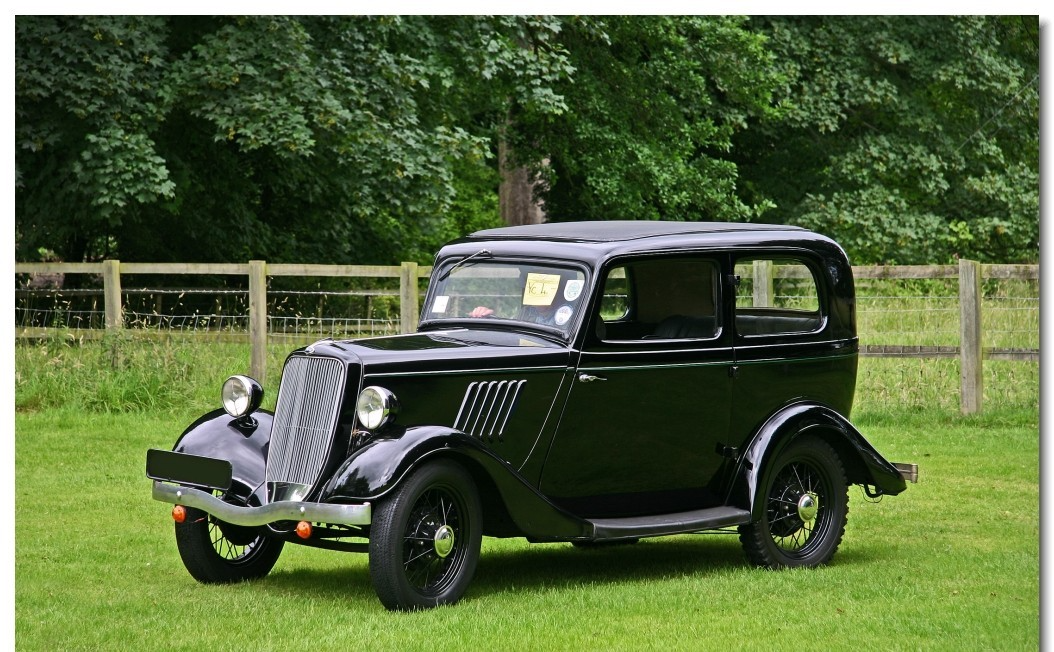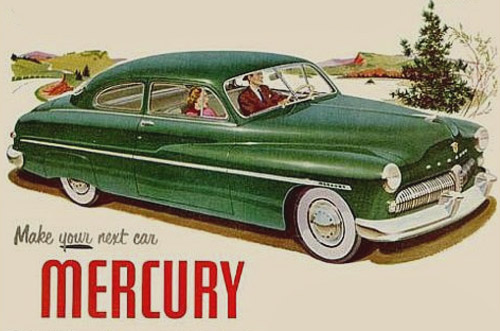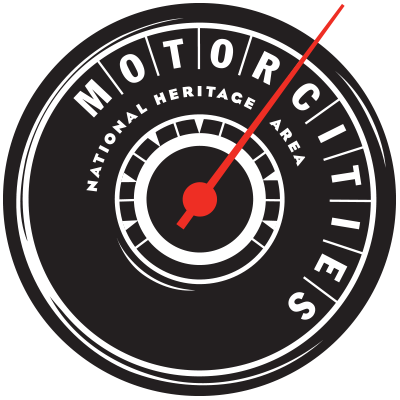by A. Wayne Ferens
Published 11.5.2025
Eugene T. "Bob" Gregorie (1908-2002) was born in New York and began his career as a teenager in yacht design. Although he was a high school drop out his design talents propelled him to the head of Ford's automobile design department.
After the market crash in 1929 Gregorie came to Detroit hoping to find work as an automotive designer. He was hired by General Motors at the age of 21 in the design department, but as the economy worsened he was let go the following year. In 1931 Gregorie was hired into Ford Motor Company by Edsel Ford and was asked to design a car for the Ford market in Europe. Gregorie designed the Model 'Y' which was well received by consumers in Germany, France and England. The Model Y was powered by a 933cc (56.9 cu in) Ford sidevalve engine and was available in two-door and four-door respectively.
 The Model Y 1932-1937 was also known as the "Ford 8" due to its fiscal horsepower rating. The car was produced in six countries in Europe as well as Australia and Japan. Photo: Ferens collection
The Model Y 1932-1937 was also known as the "Ford 8" due to its fiscal horsepower rating. The car was produced in six countries in Europe as well as Australia and Japan. Photo: Ferens collection
Due to the success of the Model Y and Gregorie's compatibility with Edsel, "Bob" Gregorie was the obvious choice to lead Ford's new design department in 1935. Gregory left Ford Motor Company shortly after the death of Edsel in 1943, but his design innovations were significant in the success of the company.
One of his first assignments as chief of design was the 1936 Lincoln Zephyr. In 1934 the Burlington Railroad introduced a sleek new streamlined passenger train called the Zephyr. It broke the speed record on the Chicago to Denver route. In 1936 Ford tried to transfer some of the train's glamour to it's new streamlined Lincoln Zephyr automobile by picturing the two side-by-side.
 The Zephyr (1936-1942) was assembled at the Lincoln plant in Detroit bridging the gap between the Ford V8 Deluxe and the Lincoln Model K. It competed against the LaSalle, Packard and the Chrysler Airflow. The Museum of Modern Art called it "the first successfully streamlined car in America." Photo: Ford archives
The Zephyr (1936-1942) was assembled at the Lincoln plant in Detroit bridging the gap between the Ford V8 Deluxe and the Lincoln Model K. It competed against the LaSalle, Packard and the Chrysler Airflow. The Museum of Modern Art called it "the first successfully streamlined car in America." Photo: Ford archives
The 1940 (1939-1942) Lincoln Continental designed by Bob Gregorie with it's smooth lines and elegant proportions reflected the classic tastes of Edsel Ford. The exterior was designed with European styling elements including a rear-mounted spare tire. It was powered by a 292 cu in (1939 was 267) 120 hp @ 3900 rpm L-head V12 engine. A cabriolet and a coupe version were produced.
 The 1940 Lincoln Continental was selected by the Museum of Modern Art in New York in 1951 as one of the eight best prewar automotive designs. Photo: Ford Motor
The 1940 Lincoln Continental was selected by the Museum of Modern Art in New York in 1951 as one of the eight best prewar automotive designs. Photo: Ford Motor
The iconic 1940 Ford designed by Gregorie is even to this day, celebrated for its innovative design, performance and cultural significance featuring a streamlined body and a unique grill design. It was powered by a 221 cu in V8 85 hp engine that appealed to a growing consumer base. The Deluxe coupe was very popular due to its combination of style, performance, reliability and affordability with a starting price of $700.00.
The '40 Ford offered some new features as well:
- You could start the car by a pedal activated electric starter or by a hand crank
- A foot pedal operated parking brake
- Trunk access by folding down the back seat
- Windshield wiper
- Gearshift on the steering post
- Improved shock absorbers and softer springs
- Adjustable drivers seat
- Chrome bumper guards and whitewall tires
- Hydraulic brakes
- Sealed Beam Headlights
After a decade of the great depression the consumer was again out in full force. Sales of the popular 1940 Ford Deluxe coupe totaled 29,717 vehicles. Post war America saw these vehicles as timeless classics cherished by generations.
As World War II was winding down Bob Gregorie returned to Ford Motor Company at the request of Henry Ford II. The company would carry over models from 1942 when auto production restarted in July 1945. Ford knew they could produce those pre-war models for so long and needed new models on the drawing board to the keep sales momentum going. Gregorie got to work on his next design that stretched the new models from 114 inch wheelbase to 118 inches. Corporate 'bean counters' rejected models that would increase cost and criticized the new designs as too radical. After a lot of back and forth bickering between Gregorie, his design staff and corporate bureaucrats it was finally decided in late 1947 that Bob's new stretched wheel base design would be approved for production

The post-war design included a lower top profile, lower stance, full fade-away fenders, a massive grill flanked by parking lights, liberal use of chrome & stainless brightwork, and an overall lower and wider stance and feel. Ladies and gentleman I give you the all new 1949 Mercury.
In 1947 at age 38 Bob Gregorie again left the employ at Ford Motor Company and moved to Florida. He returned to his early career roots designing yachts and enjoying his retirement until his passing in 2002 at the age of 94. He never designed automobiles again after leaving Detroit.
Bibliography:
Los Angeles Times 12/5/2002
The Henry Ford Collections
Edsel Ford and E.T. Gregorie by H. Domingquez 1999
Ford & Mercury advertising


